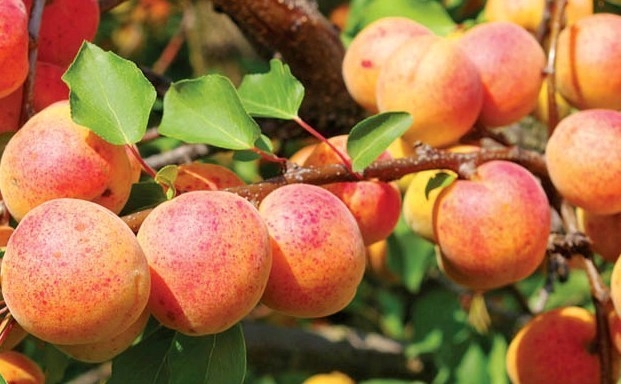General Information
It is an important fruit crop grown in dry temperate and mid-hills region of India. It belongs to the “Rosaceae” family. Apricots are native to China and now it is grown in Himachal Pradesh, Uttar Pradesh, Jammu and Kashmir states of India. It is a rich source of Vitamin A and niacin. Apricots are used to make jams, desserts, squashes and nectar. They are also dried and canned for further use. They also have health benefits such as helps in reducing weight, controls blood pressure and lowers the risk of cancer. The sweet fruit kernels are used in confectionaries and bitter fruit kernels are used for oil extraction purpose.







